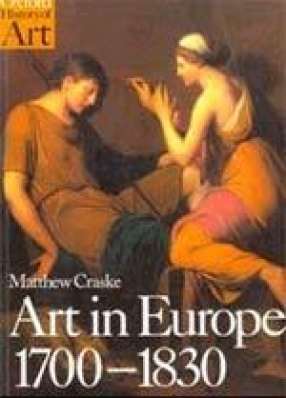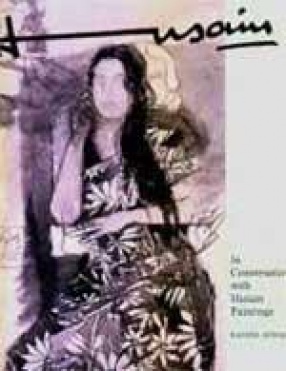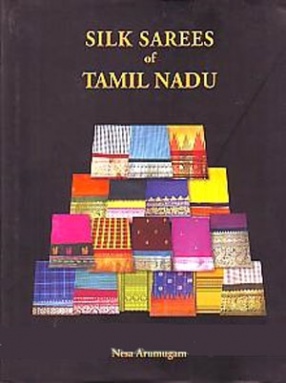Hogarth’s pugnaciously xenophobic ‘Gates of Calais’, Giambattista Tiepolo’s grandiose murals at Wurzburg, Goya’s satirical engravings, Los Caprichos, and Canova’s chastely classical sculptures could hardly be more different but all are aspects of the same tradition. In a period of unprecedented change – rapid urbanization, economic growth, political revolution – artists were in the business of finding new ways of making art, new ways of selling art, and new ways of talking about art. Taking a critical view of such conventional categorizations as the ‘Rococo’, the ‘Neo-Classical’, and the ‘Romantic’, Matthew Craske creates a totally new and vivid picture of eighteenth – and early nineteenth-century art in Europe. He engages with crucial thematic issues such as changes in ‘taste’ and ‘manners’ and the impact of enlightenment notions of progress. At the same time he goes well beyond the usual geographical limits of surveys to take in St. Petersburg, Copenhagen, Warsaw, and Madrid. The result is a refreshingly holistic survey which sets the art of the period firmly in its social history.
Art in Europe 1700-1830
In stock
Free & Quick Delivery Worldwide
Bibliographic information
Title
Art in Europe 1700-1830
Author
Edition
1st ed.
Publisher
ISBN
0192842064
Length
318p., Figures; Tables; Col. & B/w Plates; Map; Notes; Bibliography; Index; 24cm.
Subjects





There are no reviews yet.